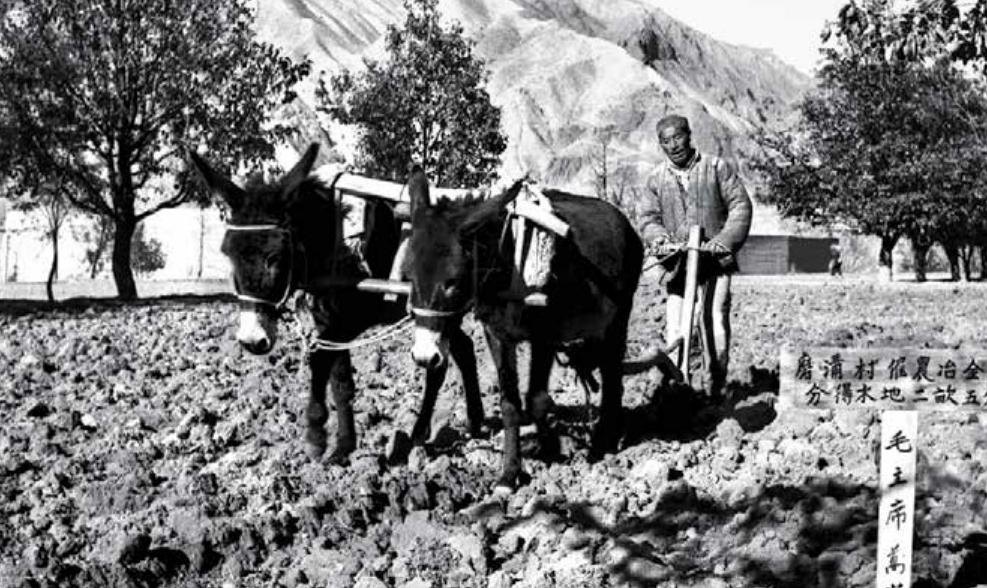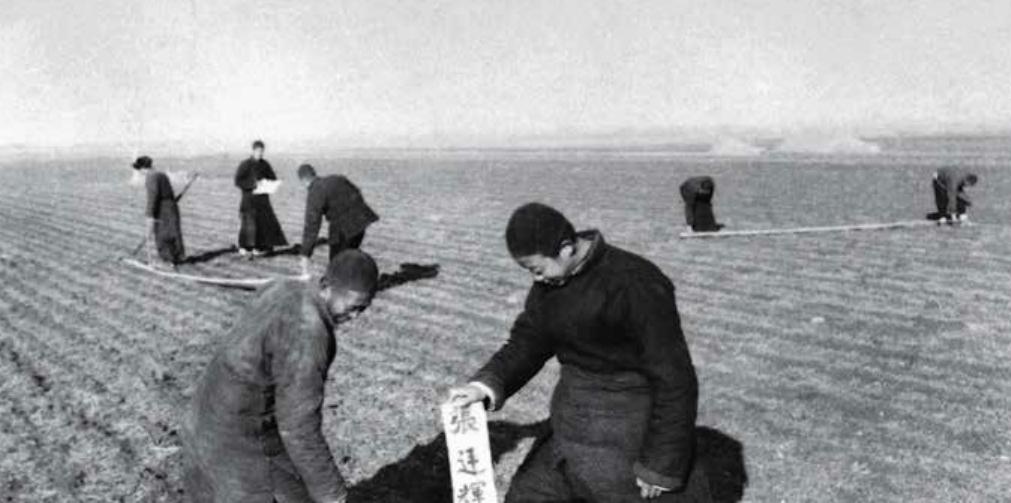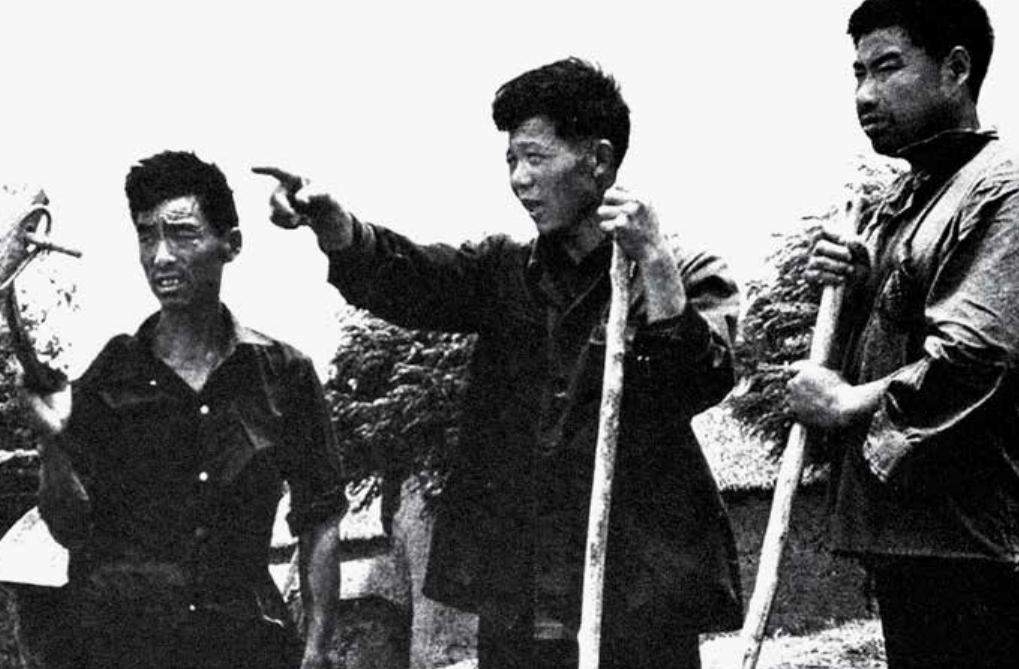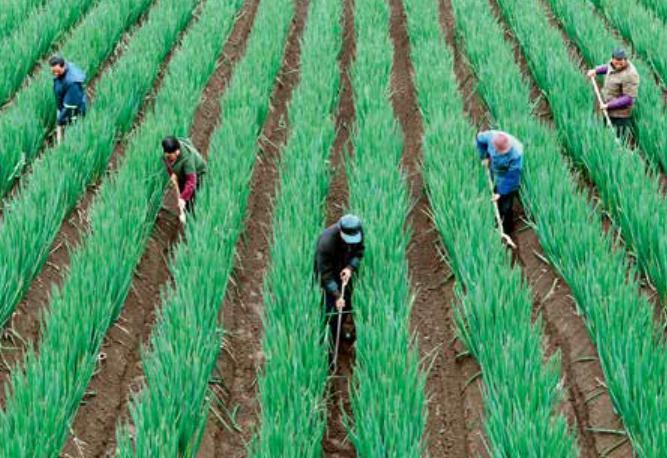China’s Land System Making Room for Economic Development
by Liu Shouying
Since the founding of the Peoples Republic of China in October 1949, the Chinese government has considered land management a priority related to stability and development, attaching great importance to land legislation and system construction. Over the past seven decades, Chinas land management system has evolved alongside the countrys economic and social development, constantly improving and developing through exploration and practice as well as reforms and innovation.
Evolution of Chinas Land System
From 1949 to 1952 when the newly founded Peoples Republic of China was working to revive its national economy, the core issue of land system management was land ownership. China promulgated two laws of constitutional nature: The Common Program of the Chinese Peoples Political Consultative Conference (1949) and The Agrarian Reform Law of the Peoples Republic of China (1950). Under the guidance of the two laws, China spent only three years finishing the largest-scale land reform drive in modern human history, abolishing feudal land ownership and establishing farmer land ownership, which greatly incentivized farmers and kindled enthusiasm for production, resulting in significant improvement in rural production and living standards of farmers.
From 1953 to 1977 as China was continuing its socialist transformation and exploration, the reform of the land management system focused on establishing rural collective land ownership and requisition of land for national construction. In 1954, the first Constitution of the Peoples Republic of China was promulgated, announcing that the country would protect farmersownership of land and means of production. Soon thereafter, thanks to the agricultural cooperative movement, China completed a basic socialist transformation in rural areas, realizing transformation of rural land from private ownership to public ownership. At the same time, the country accelerated economic development. According to the Constitution, the state was allowed to requisition land in the public interest in accordance with the law.
Since China started implementing the reform and opening-up policy in 1978, the countrys land management system has remained rule-based and operated in accordance with the law, gradually forming a modern land management system. The amended Constitution of 1982 stipulated that land in the cities is owned by the state while land in rural and suburban areas is owned by collectives, a legal framework with two ownerships of land. From 1987 to 1997, the priority of the land management system was to establish a paid transfer system for urban state-owned land that could be compatible with a socialist market economy, which has played an important role in protecting the interests of owners and promoting urban construction. The Land Administration Law of the Peoples Republic of China, revised in 1998, included major reforms of land management and utilization methods. Based on the basic national conditions of China with a large population and meager farmland, the Chinese government infused measures used in land management from advanced countries to set up a basic framework for a modern land management system, highlighting protection of cultivated land, land use control and the overall planning of land use. In the 21st century, China has strengthened strict law-based management, proposing and implementing the “two most stringent” land systems (including the most stringent farmland protection system and the most stringent land-saving system), and successively issued relevant regulations. The countrys land management system has been constantly honed toward perfection.
After 70 years of hard work, China has established a complete legal system for land management comprised of the Constitution, property law, civil law, land management law, forest law, grassland law, environmental protection law and other laws and regulations. The modern land management system framework, which is suitable for the primary stage of Chinese socialism and the socialist market economic system with Chinese characteristics, has taken shape.
Driving Economic Growth
Since Chinas reform and opening up began, the country has maintained rapid economic growth that accumulated into the“Chinese miracle,” in which the land system reform has played an important role as an engine fueling Chinas economy.
From the late 1970s to the mid-1980s, the reform of the rural land system characterized by a “family contract responsibility system” became universal in China in just a few years, bringing about major changes to the fate of farmers and to the economic and social structure of rural areas, driving Chinas reform and fueling the countrys economic growth. From that time until the late 1990s, with so much of the labor force freed from agricultural chains, the central government encouraged farmers to use collective land to launch township businesses, resulting in a wave of township enterprises which merged Chinas industrialization into the fast lane. Industrialization of agriculture became a major force driving national economic development at that time. It fundamentally changed the original development patterns of the state-owned economy and national industrialization.
Since 1998, the rapid growth of Chinas economy has been primarily driven by two engines: high-speed industrialization and fast urbanization. Land has become a sort of fuel for these two engines. Thanks to implementation of an export-oriented strategy, the Chinese economy has been fully integrated into the global economy. Coastal developed regions (especially the Pearl River Delta and the Yangtze River Delta) have become the boosters facilitating Chinas economic leapfrogging. Massive amounts of collective land in these areas have been merged with the market to support Chinas drive to become the“worlds factory.”
However, while using land to facilitate a “Chinese miracle,”China has also developed excessive dependence on land to operate the national economy and drive wealth growth and distribution, which has hindered economic transformation and structural reform. As Chinas economy shifts from high-speed growth to medium-to-high-speed growth, development energy has changed. These changes have also brought about major changes in relations between land and the national economy. So, the Chinese government needs to adjust the function of land and carefully plan the next-stage land system reform.
